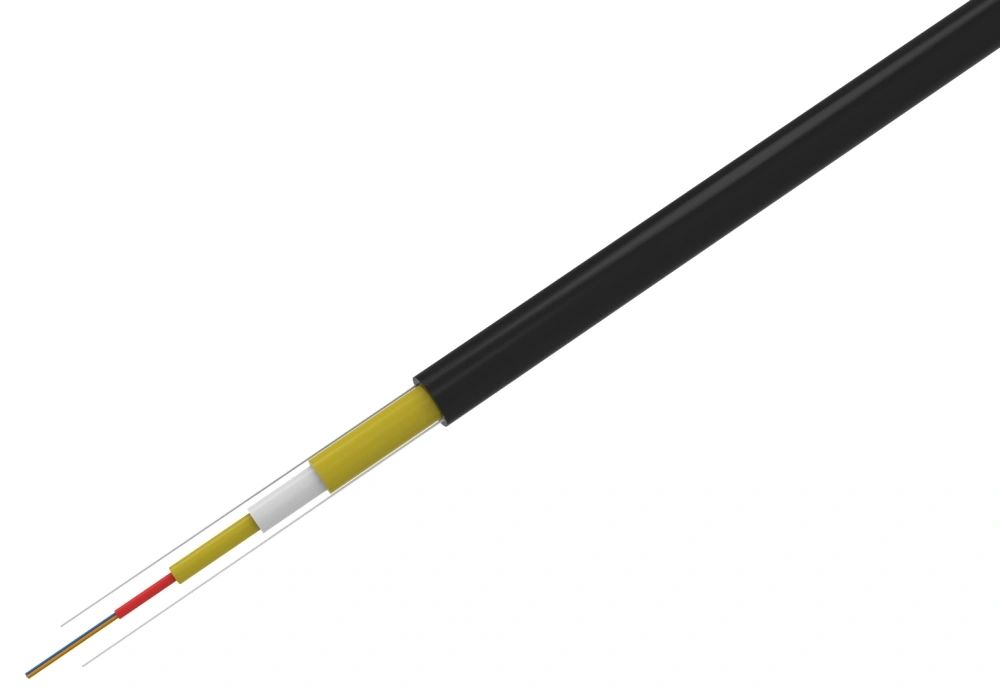Overview

Indoor optical cables and outdoor optical cables are two types of fiber optic cables that serve different purposes and are designed to be used in different environments. Understanding their differences and application scenarios is crucial for selecting the appropriate cable for specific needs. This article explores the disparities between indoor and outdoor optical cables, their respective usage scenarios, and considerations for installation and maintenance.
Differences Between Indoor and Outdoor Optical Cables
Indoor optical cables are primarily used for applications within buildings or other enclosed spaces. They are designed to be flame-retardant, non-waterproof, and possess a tight buffer structure. Their construction allows for flexibility and ease of installation around corners and tight spaces. On the other hand, outdoor optical cables are engineered to withstand harsh environmental conditions. They are constructed with a loose buffer or gel-filled design, which provides higher protection against water, moisture, UV radiation, and rodents.
Structural Differences
Indoor optical cables typically consist of a tight-buffered structure, where each individual fiber is enclosed with a protective sheath. This design allows for improved flexibility and easy termination. Outdoor optical cables, however, have a loose-tube design that contains multiple fibers within individually protected tubes. This construction provides enhanced protection against external threats and facilitates easy routing and splicing of fibers.
Environmental Considerations
Indoor optical cables are suitable for temperature-controlled environments like data centers, LANs, and office buildings. They are not designed to withstand exposure to extreme temperatures or direct sunlight. On the other hand, outdoor optical cables are built to endure extreme temperature variations, UV radiation, humidity, and exposure to water. They are commonly used for telecommunication networks, CATV systems, and long-distance communication.
Installation and Maintenance
Installing indoor optical cables is relatively straightforward. They can be easily routed through cable trays, conduits, or walls. Maintenance is also simpler, as access to indoor cables is usually not challenging. Outdoor cables, on the other hand, require more specialized installation techniques. They may need to be buried underground, hung from poles, or installed in aerial or duct systems. Maintenance of outdoor cables may involve digging, splicing, or using specialized equipment for aerial or underground access.
Application Scenarios
Indoor optical cables find extensive use in various short-distance applications, such as connecting devices within a building or data center. They are commonly deployed in LANs, data centers, CCTV systems, and campus networks. Outdoor optical cables, with their higher durability and protection against environmental factors, are suitable for long-distance communication, as well as for connecting different buildings or areas within a wide-area network. They are widely used in telecommunication networks, CATV systems, fiber-to-the-home (FTTH) installations, and fiber-optic backbone networks.
Summary
Understanding the differences between indoor and outdoor optical cables is crucial for selecting the right type for specific applications. While indoor cables are optimized for flexibility and ease of installation within buildings, outdoor cables focus on durability and protection against environmental elements. It is important to consider factors such as temperature, moisture, and installation requirements to ensure the optimal performance and longevity of the fiber optic infrastructure.



